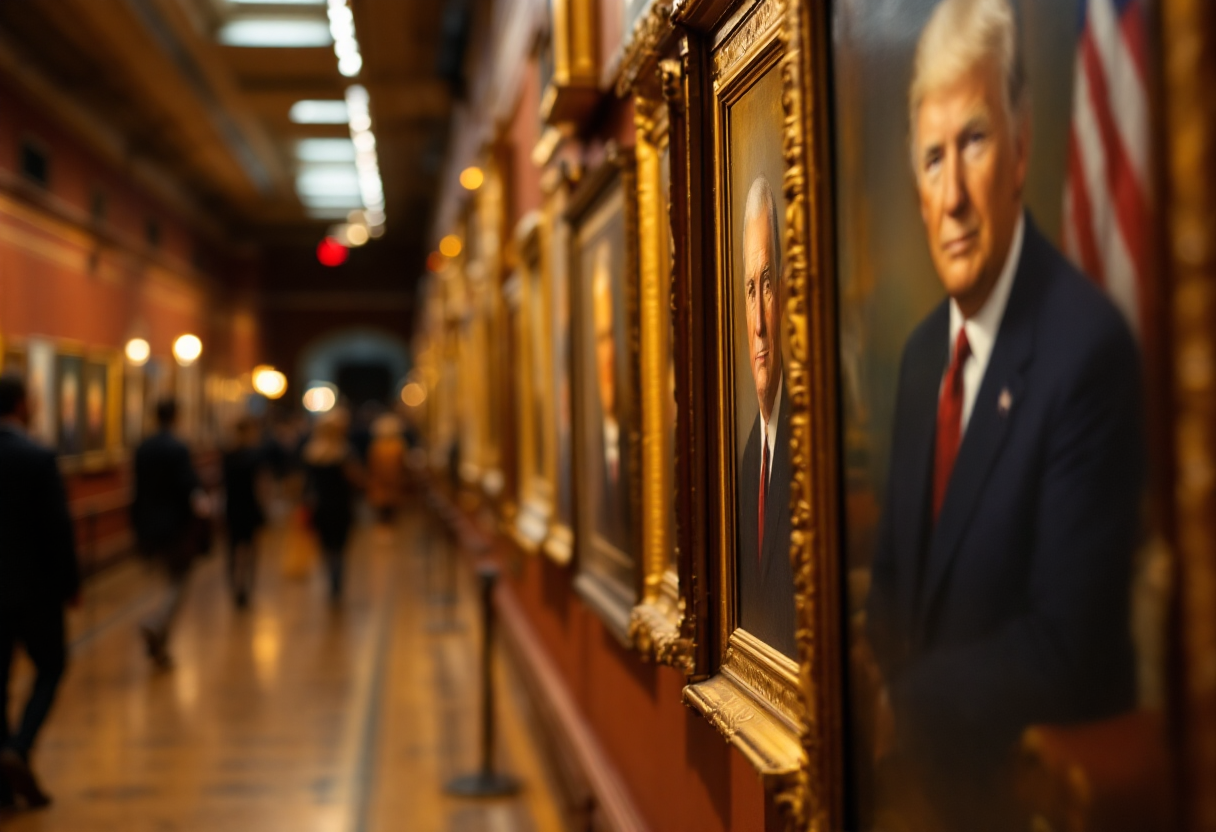Table of Contents
At the heart of The New York Times headquarters lies a gallery that showcases the portraits of every U.S. president since Theodore Roosevelt. This collection not only serves as a visual history of American leadership but also reflects the evolving political landscape and public sentiment over time.
Each portrait is uniquely signed, offering a glimpse into the personalities and priorities of these leaders. For instance, Donald J. Trump’s portrait bears a personal message to former publisher Arthur Ochs Sulzberger Jr., while Joe Biden’s emphasizes the importance of a free press in democracy.
The significance of presidential portraits
Presidential portraits are more than mere decorations; they are historical artifacts that encapsulate the essence of each administration. They provide context for understanding the political climate during their respective terms. The signatures on these portraits reveal the relationship between the press and the presidency, highlighting moments of camaraderie or contention.
As the gallery evolves, questions arise about how to represent current and former presidents, particularly in the case of nonconsecutive terms, as seen with Grover Cleveland. This raises intriguing discussions about historical representation and the narratives we choose to uphold.
Public perception and the role of media
The portrayal of presidents in media, including their representation in portrait galleries, significantly influences public perception. The New York Times, as a leading news organization, plays a crucial role in shaping how these figures are viewed by the public.
The decision to display or rearrange portraits can send powerful messages about legitimacy and respect. For example, the placement of Trump’s portrait alongside Biden’s could symbolize a shift in power dynamics, prompting discussions about the nature of democracy and the role of the press in holding leaders accountable.
Looking to the future
As we move forward, the question remains: how will The New York Times adapt its gallery to reflect the ongoing changes in American politics? The decisions made regarding presidential portraits will undoubtedly impact how future generations perceive these leaders. Will they choose to honor the past while embracing the present? The challenge lies in balancing historical accuracy with contemporary relevance, ensuring that the gallery remains a dynamic representation of American democracy.




